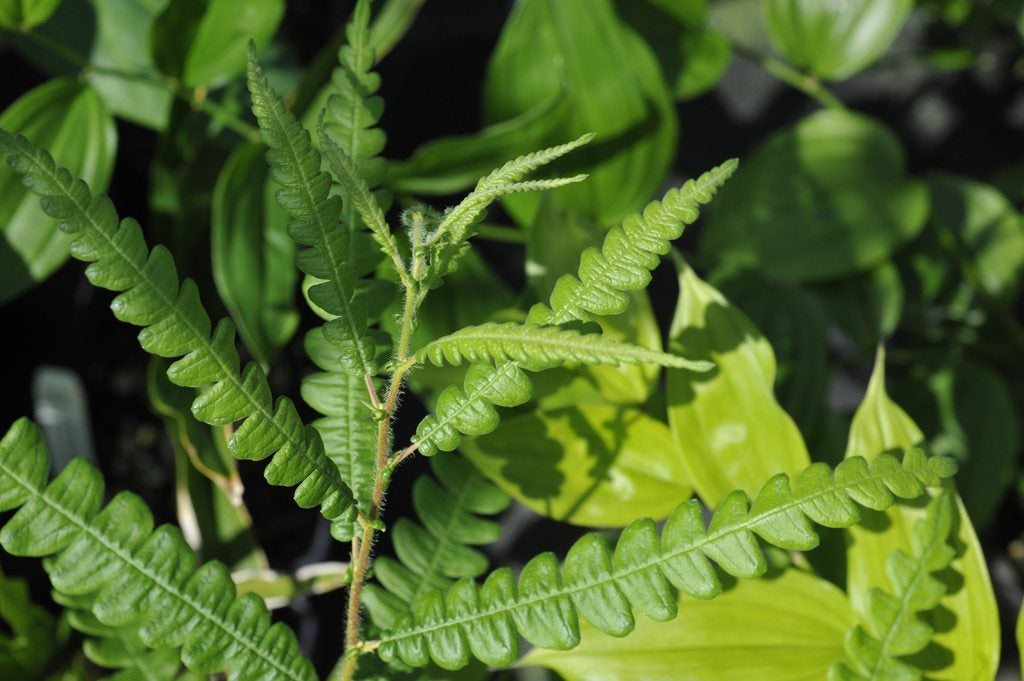Sweetfern Plant Info: What Are Sweetfern Plants


What are sweetfern plants? For starters, sweetfern (Comptonia peregrina) isn’t a fern at all but actually belongs to the same plant family as wax myrtle or bayberry. This attractive plant is named for the narrow, fern-like leaves and sweet-smelling foliage. Interested in growing sweetferns in your garden? Read on to learn how.
Sweetfern Plant Info
Sweetfern is a family of shrubs and small trees measuring 3 to 6 feet (1-2 m.). This cold-tolerant plant thrives in chilly temps of USDA plant hardiness zones 2 to 5, but suffers in warmer climates above zone 6. Hummingbirds and pollinators love the yellowish green blooms, which appear in early spring and sometimes last through summer. The blooms are replaced by greenish brown nutlets.
Sweetfern Uses
Once established, sweetfern grows in dense colonies, which makes it a great choice for stabilizing soil and controlling erosion. It works well in rock gardens or woodland environments. Traditionally, sweetfern poultices are used for toothache or muscle sprains. Dried or fresh leaves make sweet, flavorful tea, and herbalists claim it may relieve diarrhea or other stomach complaints. Tossed on a campfire, sweetfern may keep mosquitoes at bay.
Tips on Sweetfern Plant Care
If you’re interesting in growing these plants in the garden, look at local or online nurseries that specialize in native plants, as sweetfern plants aren’t always easy to find. You can also take root cuttings from an established plant. Seeds are notoriously slow and difficult to germinate. Here on some tips on growing sweetferns in the garden: Once established, sweetfern plants eventually develop dense colonies. Plant them where they have room to spread. Sweetferns prefer sandy or gritty, acidic soil, but they tolerate nearly any well-drained soil. Locate sweetfern plants in full sunlight or partial shade. Once established, sweetferns require little supplemental water. These plants rarely require pruning, and sweetfern has no serious problems with pests or disease.
Sign up for the Gardening Know How newsletter today and receive a free copy of our e-book "How to Grow Delicious Tomatoes".

A Credentialed Garden Writer, Mary H. Dyer was with Gardening Know How in the very beginning, publishing articles as early as 2007.